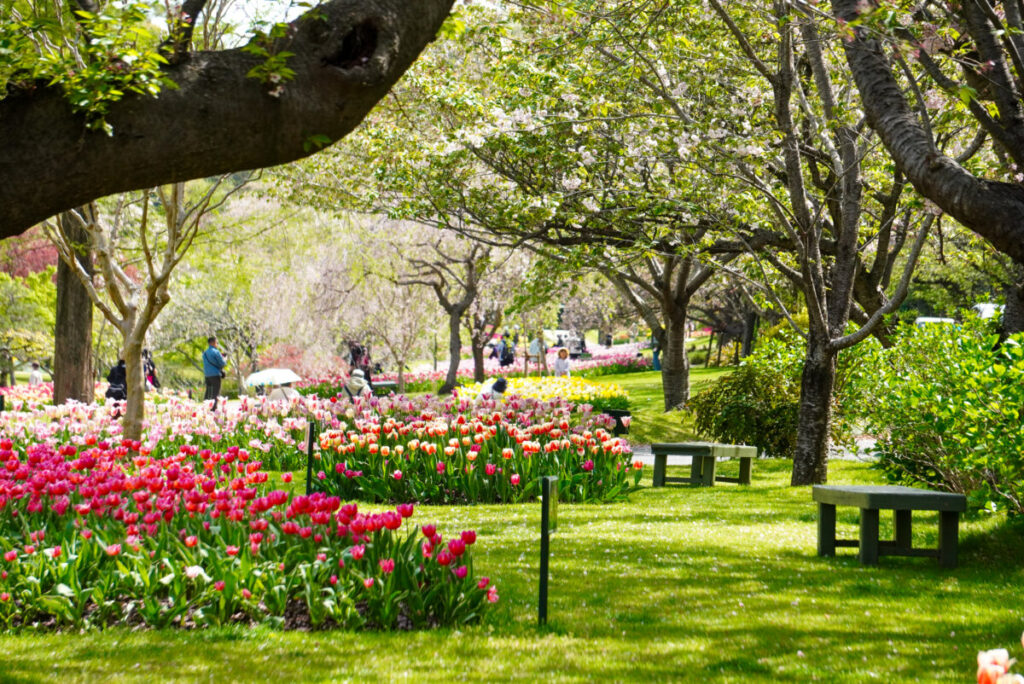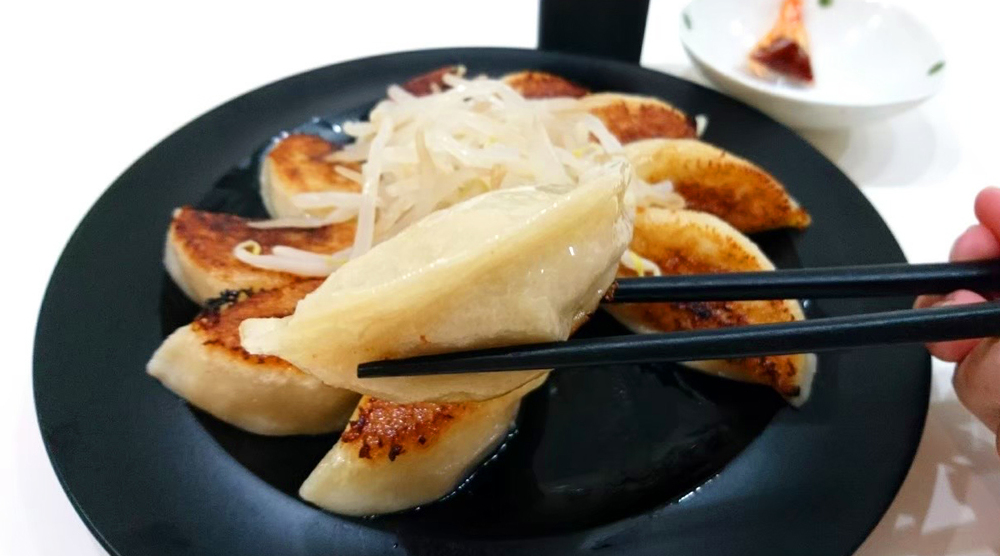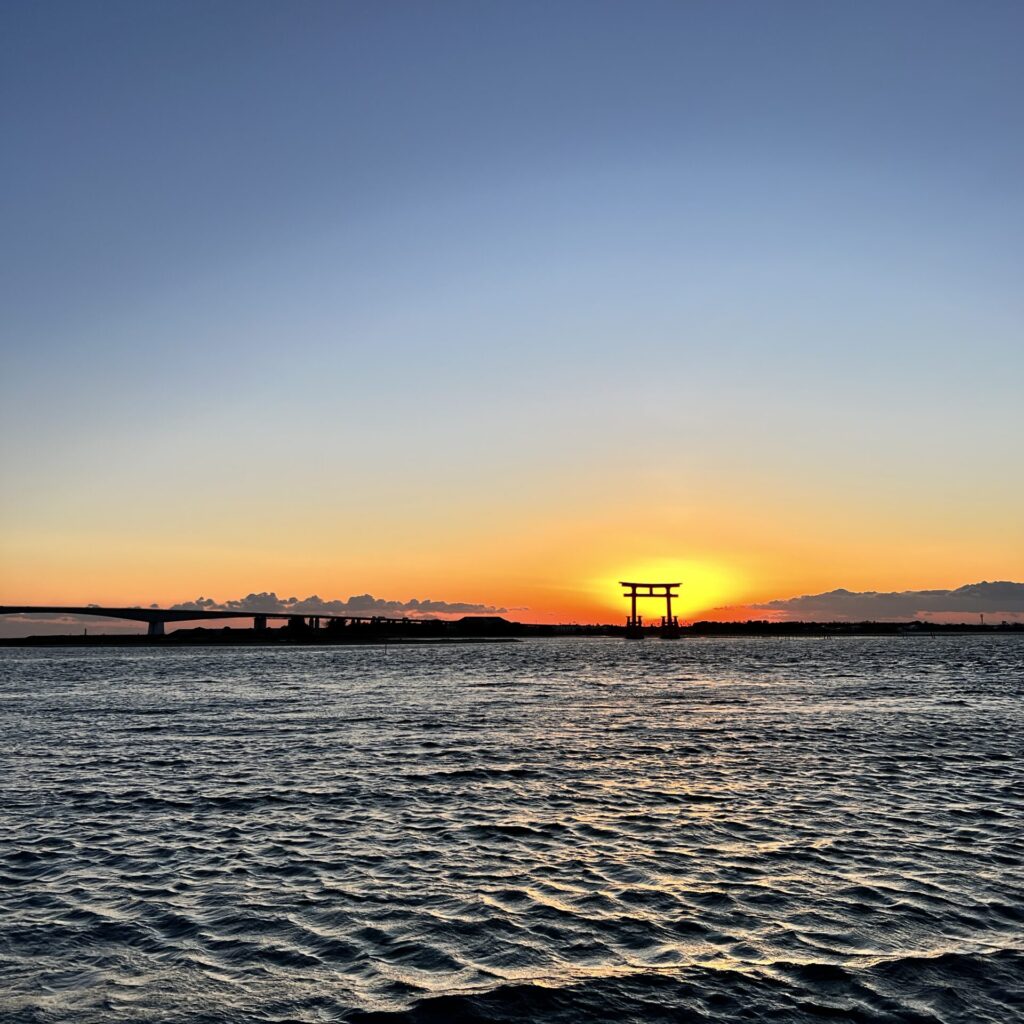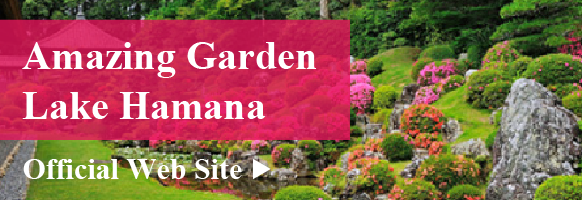Get to Know Hamamatsu
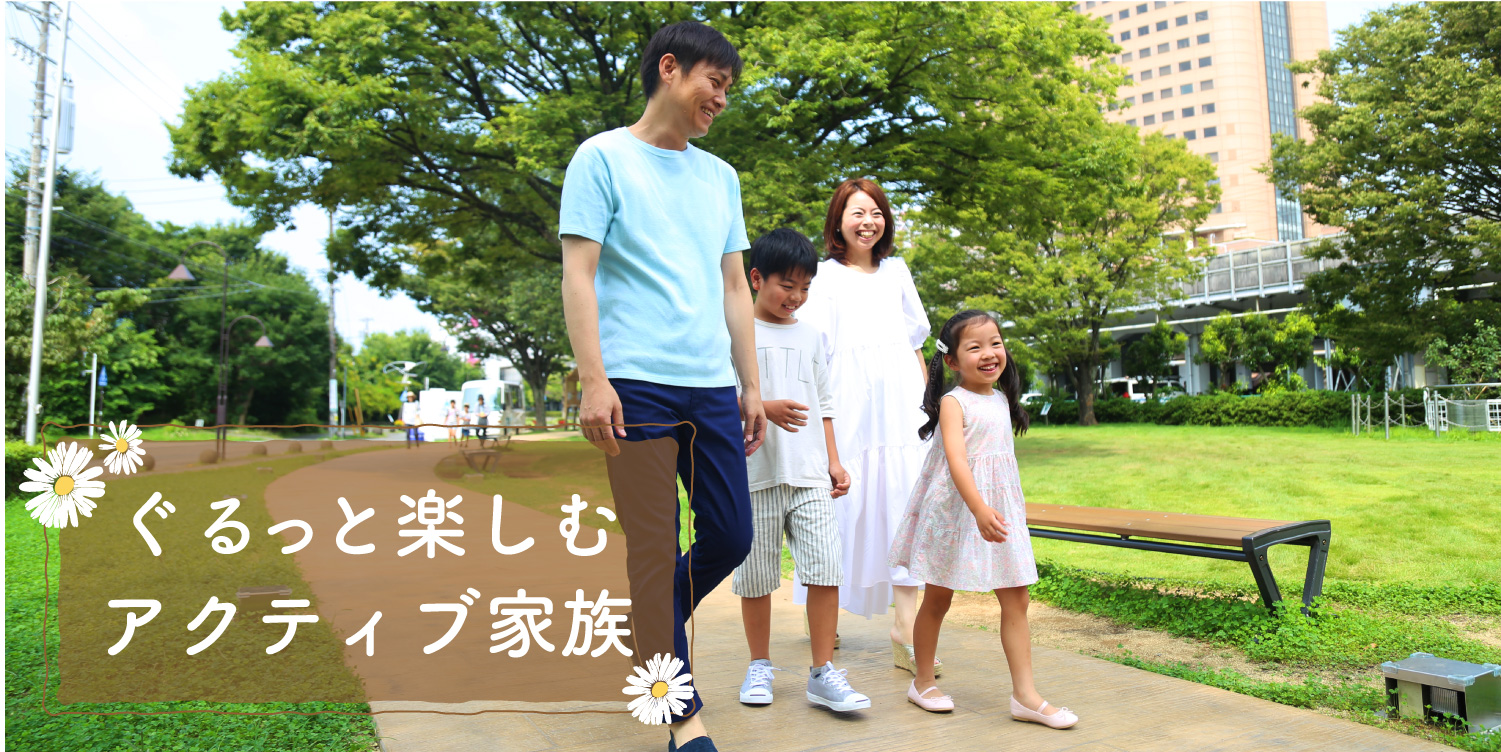
- Enjoy
- Eat
- Watch
Active Family Fun All Around Hamamatsu
Only in Hamamatsu can you enjoy these unique experiences—perfect for bringing the whole family closer together…
These two fascinating days will allow not only children but adults alike to return to their childhood. The experiences that can only be had in Hamamatsu, such as interacting with magnificent nature, exquisite gourmet food made with local ingredients, musical instruments, automobiles, and cutting-edge science, are sure to deepen the bonds between family members.
Lake Hamana Palpal
![]()
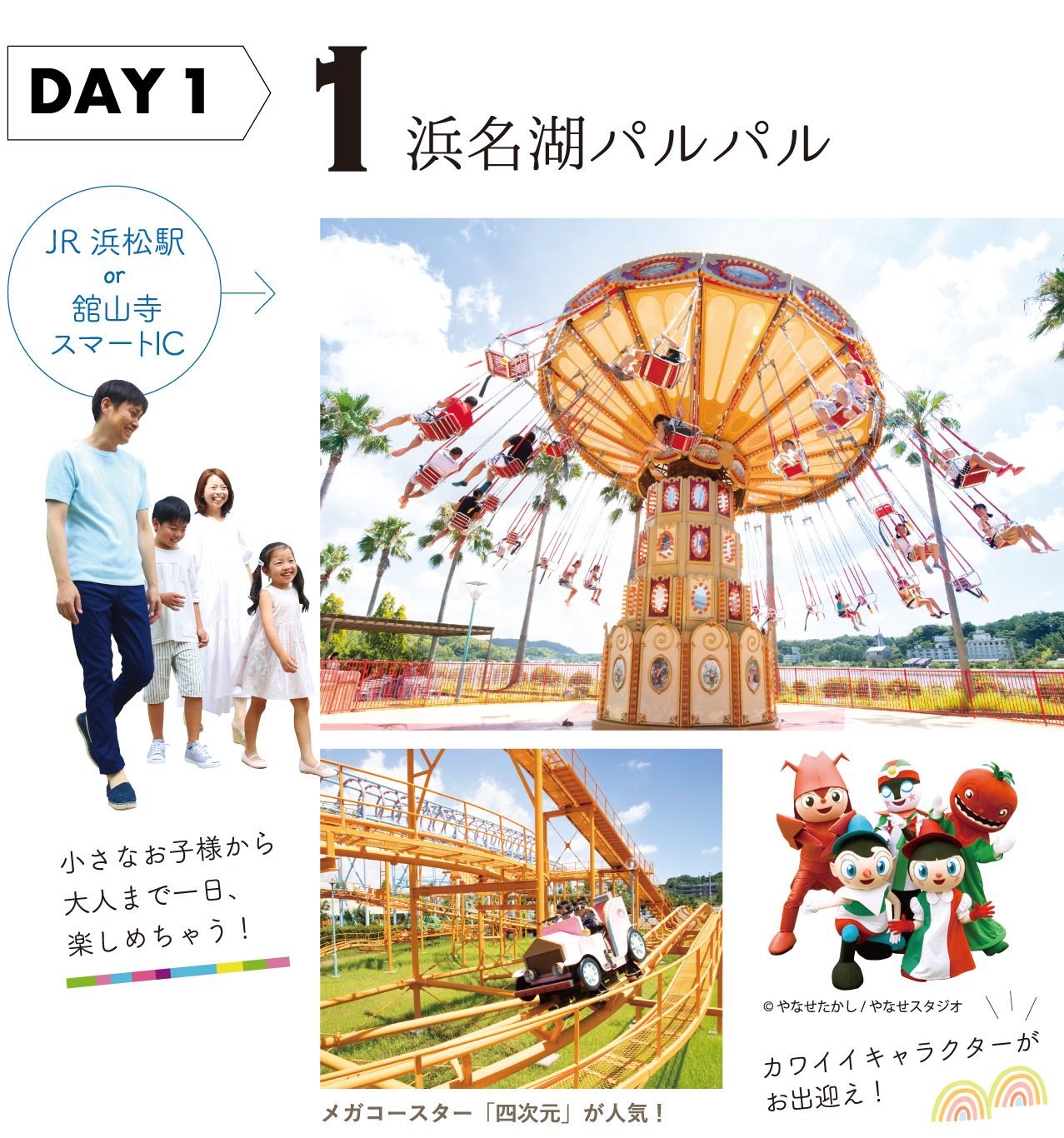
Located on the shores of Lake Hamana, this resort-style amusement park is just the right size for families. There are about 30 types of attractions that the whole family can enjoy, from heartwarming attractions to thrilling attractions that will excite adults too. Character shows are also held on holidays.
Hamanako Palpal
Address: 1891 Tateyamadera-cho, Chuo-ku, Hamamatsu
Tel: 053-487-2121
There are many walking spots and accommodations around Kanzanji
![]()
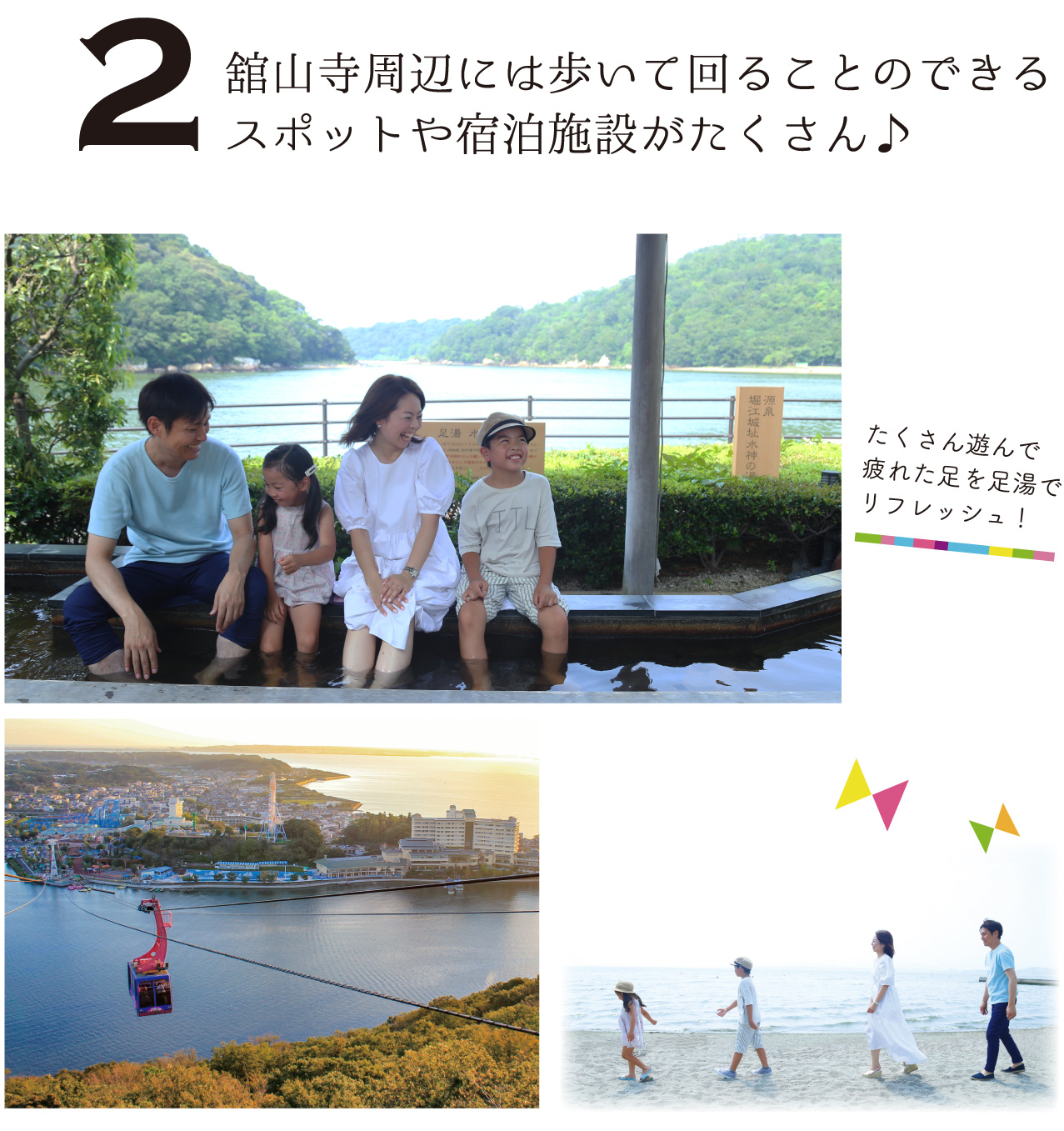
Kanzanji Ropeway
Japan’s only over-lake ropeway connects Kanzanji Onsen town and Okusayama Observatory. Enjoy a four-minute stroll through the air as sightseeing boats pass by below you.
Kanzanji Onsen Tourism Association
Address: 1832-1 Tateyamaderacho, Chuo-ku, Hamamatsu
Telephone: 053-487-0152
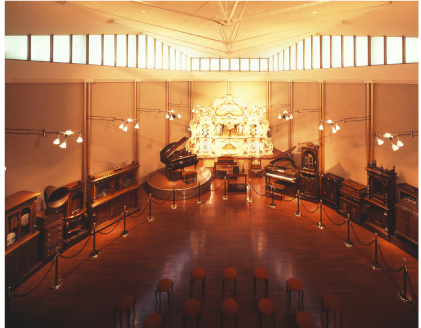
Lake Hamana Music Box Museum
Approximately 70 valuable items are on display, including antique music boxes and automata from the 19th century. The 360-degree panoramic view of Lake Hamana from the rooftop is a spectacular sight.
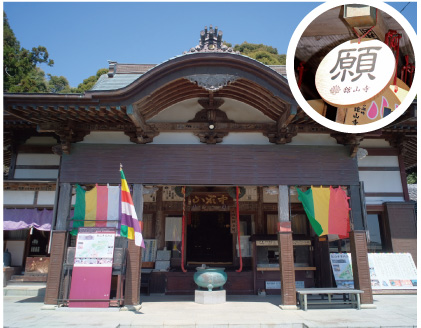
Soto Zen sect Kanzanji Temple
Founded in 810 by Kobo Daishi Kukai. There is a Jizo statue dedicated to prayer plaques, and it is known as a power spot for love.
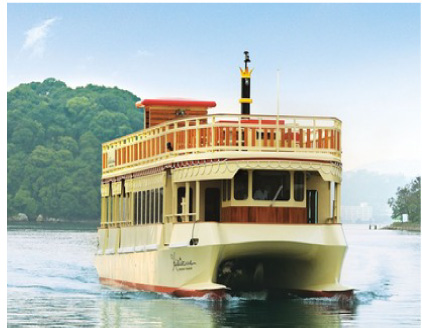
Lake Hamana Pleasure Boat
From the lake, you can enjoy the scenery of Lake Hamana that changes with the seasons. Popular activities include a summer sunset cruise where the lake is dyed in the setting sun, and a winter experience where you can interact with seagulls.
Japan Air Self-Defense Force Hamamatsu Public Relations Center Air Park
![]()
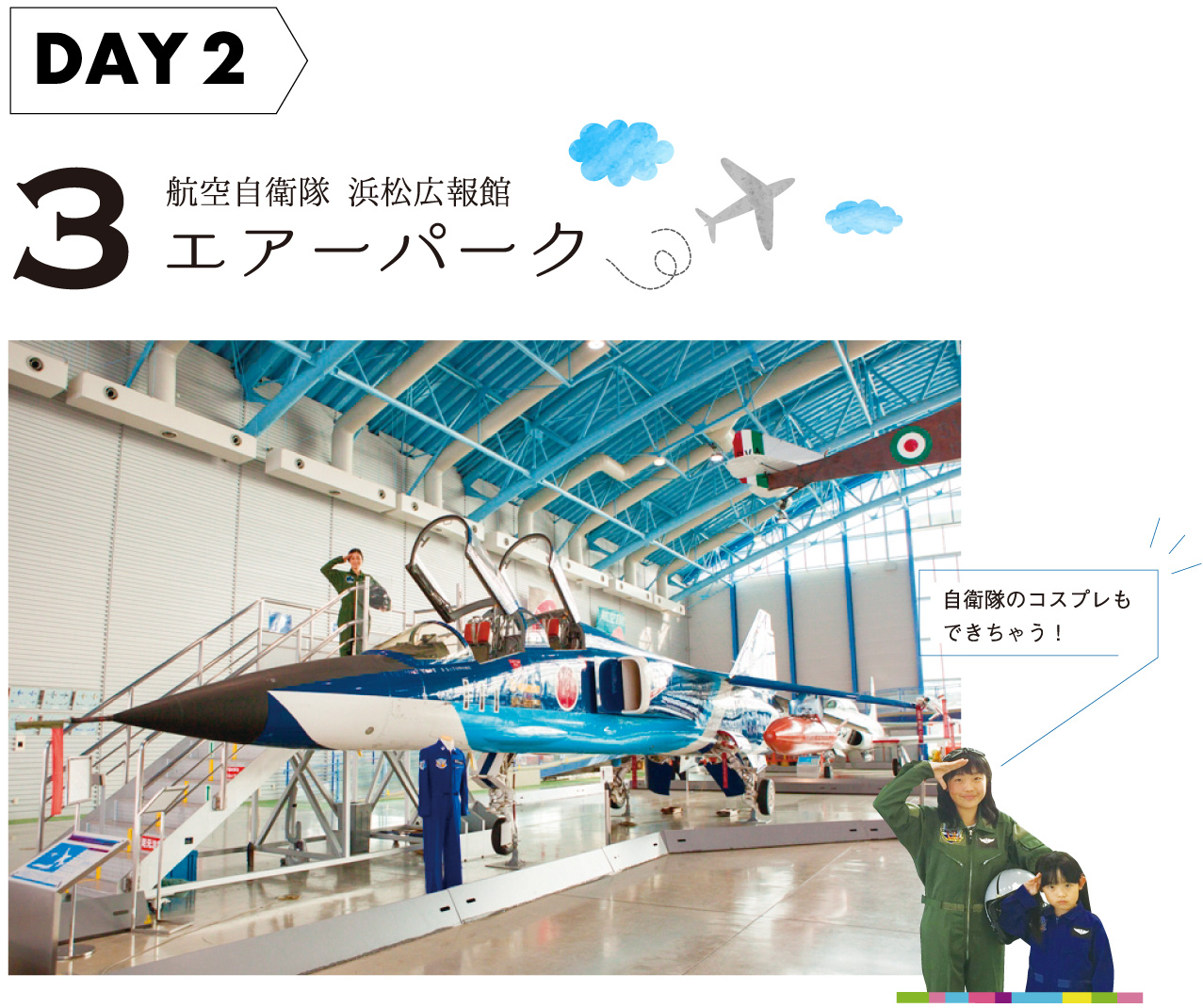
Genuine aircraft, transport planes, machine guns, and other equipment used by the Japan Air Self-Defense Force are on display. Furthermore, there is a wealth of content to enjoy, including the chance to ride a fighter jet, experience the impressive panoramic theater, and experience a flight simulator. Be sure to check out the museum goods that can only be purchased here.
Hamamatsu Air Park, Japan Air Self-Defense Force Public Relations Center
Address: No. Nishiyama-cho, Chuo-ku, Hamamatsu City
Tel: 053-472-1121
Lunch with a hands-on experience
![]()
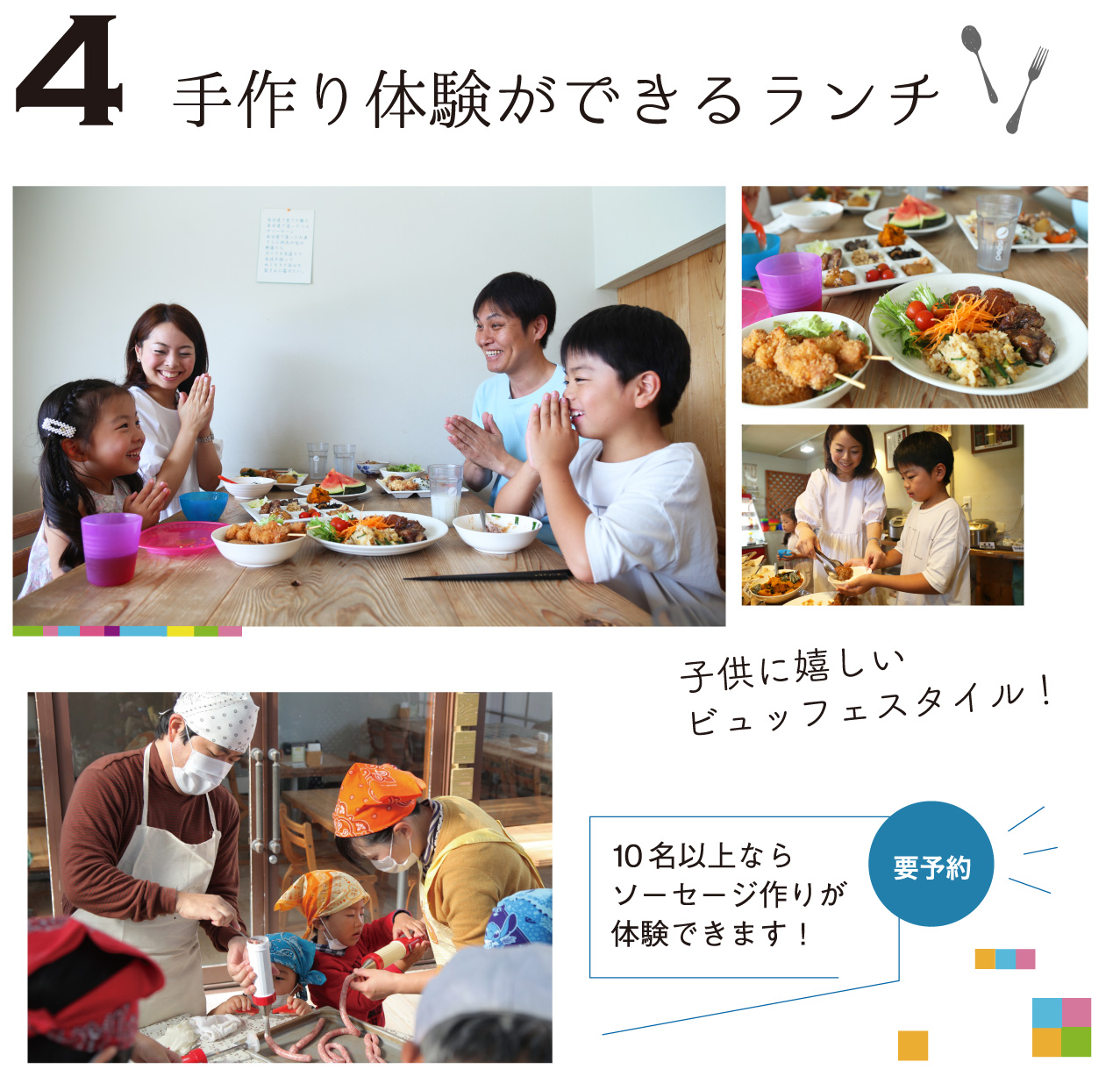
Lunch buffet at Tonkii
This restaurant is run by a pig farm that is committed to using additive-free, safe feed. After experiencing making authentic sausages using only pork and spices, enjoy delicious dishes made with local ingredients.
Farmer’s Restaurant Tonkii
Address: 1190-1 Nakagawa, Hosoe-cho, Hamana-ku, Hamamatsu City
Tel: 053-522-2969
or
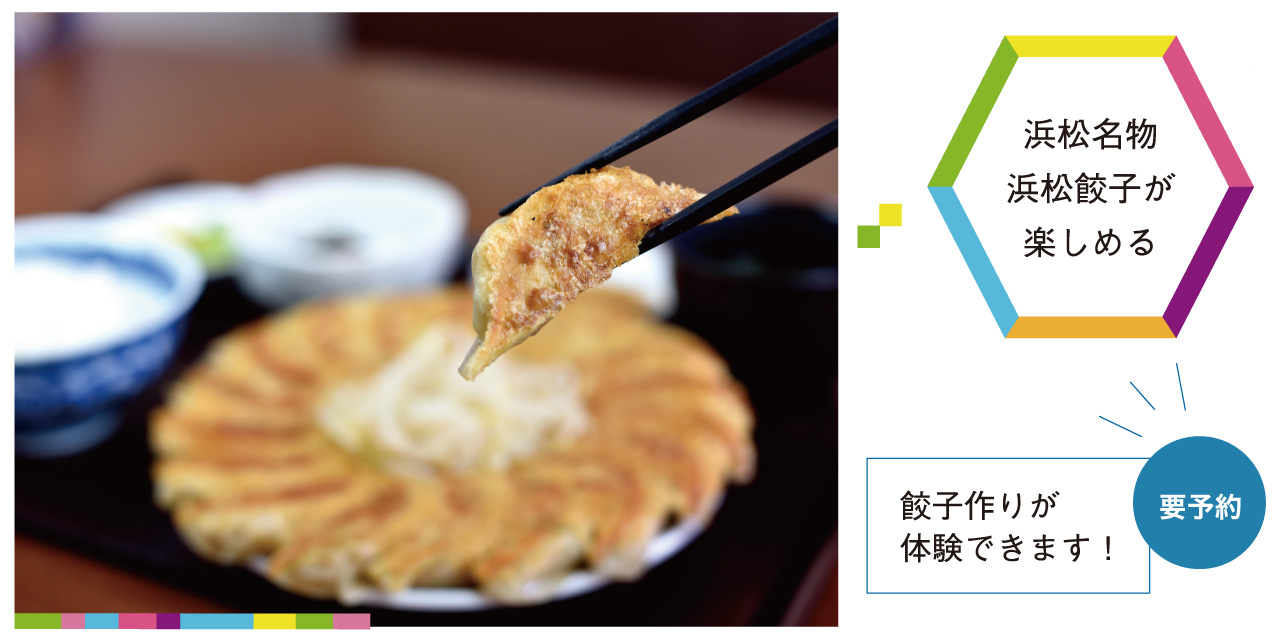
Gyoza lunch at Hamataro
After touring a gyoza manufacturing factory attached to a gyoza specialty store, you will learn about the origins of Hamamatsu gyoza and then experience making gyoza under the guidance of a gyoza craftsman. Arrange them in a circle, grill, garnish with bean sprouts and you’re done!
Hamataro Gyoza Center
Address: 981-2 Nakagawa, Hosoe-cho, Hamana-ku, Hamamatsu City
Tel: 053-401-0141
nicoe
![]()
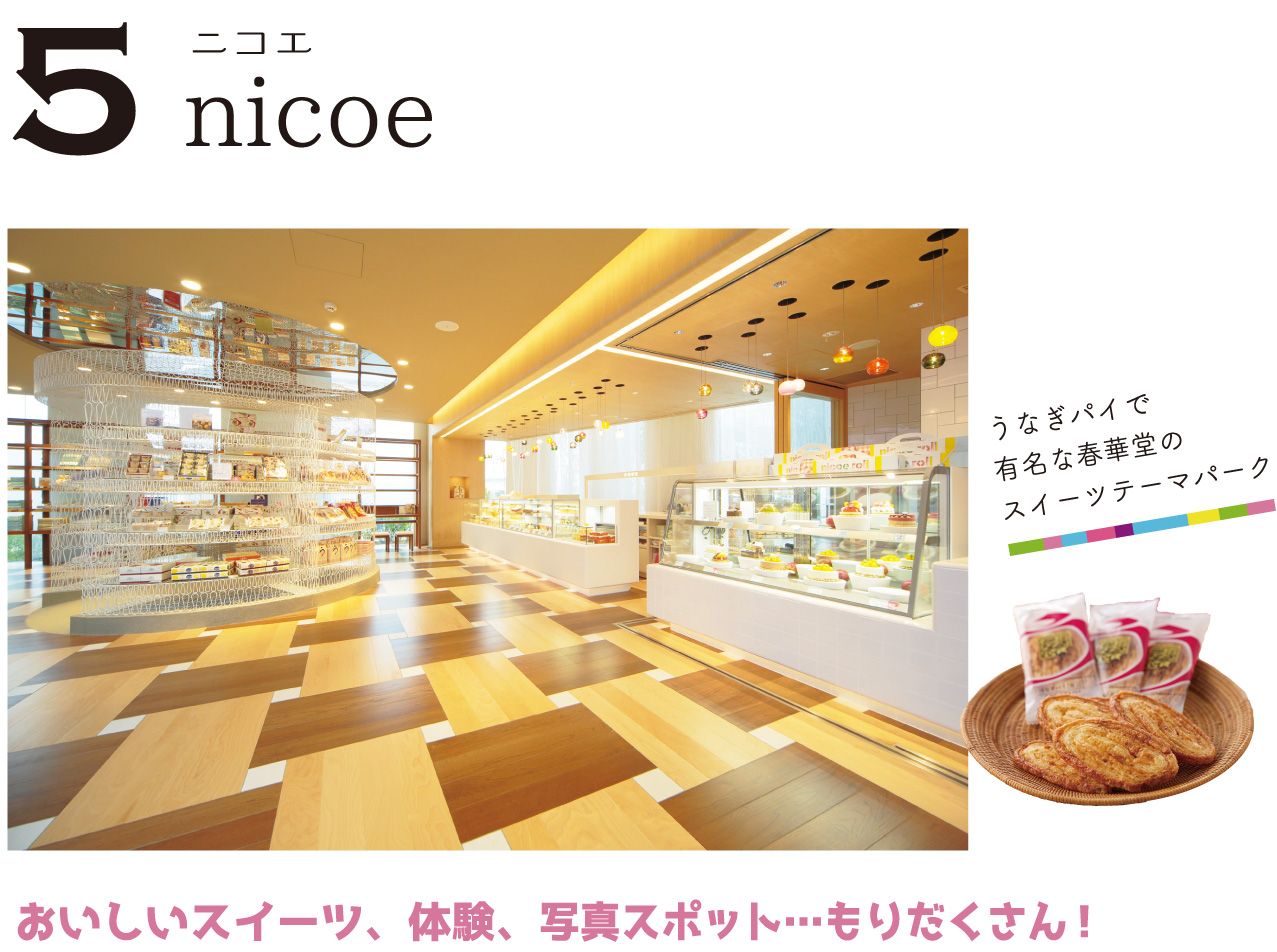
nicoe
Address: 6-7-11 Somejidai, Hamamatsu City, Hamana Ward
Telephone: 053-586-4567
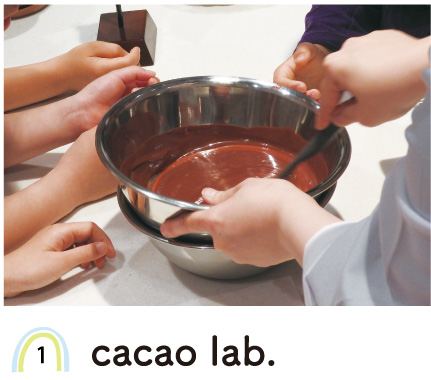
cacao lab
We hold workshops where you can learn about chocolate making and get hands-on experience.
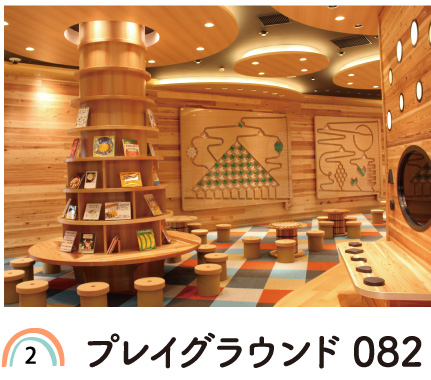
Playground 082
There are plenty of exciting things for children to do, including educational toys, videos, picture books, and more, all made from local Tenryu cedar.
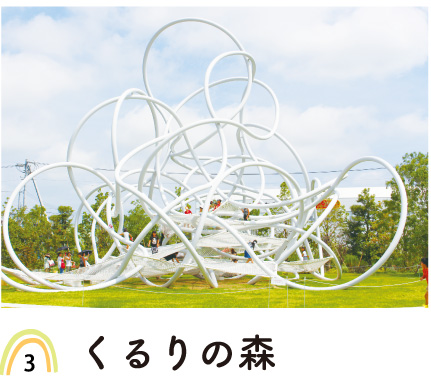
Kuruli Forest
Come play with this original and dynamic play equipment based on the motif of the wheel of wisdom.
Hamamatsu Science Museum Miraira
![]()
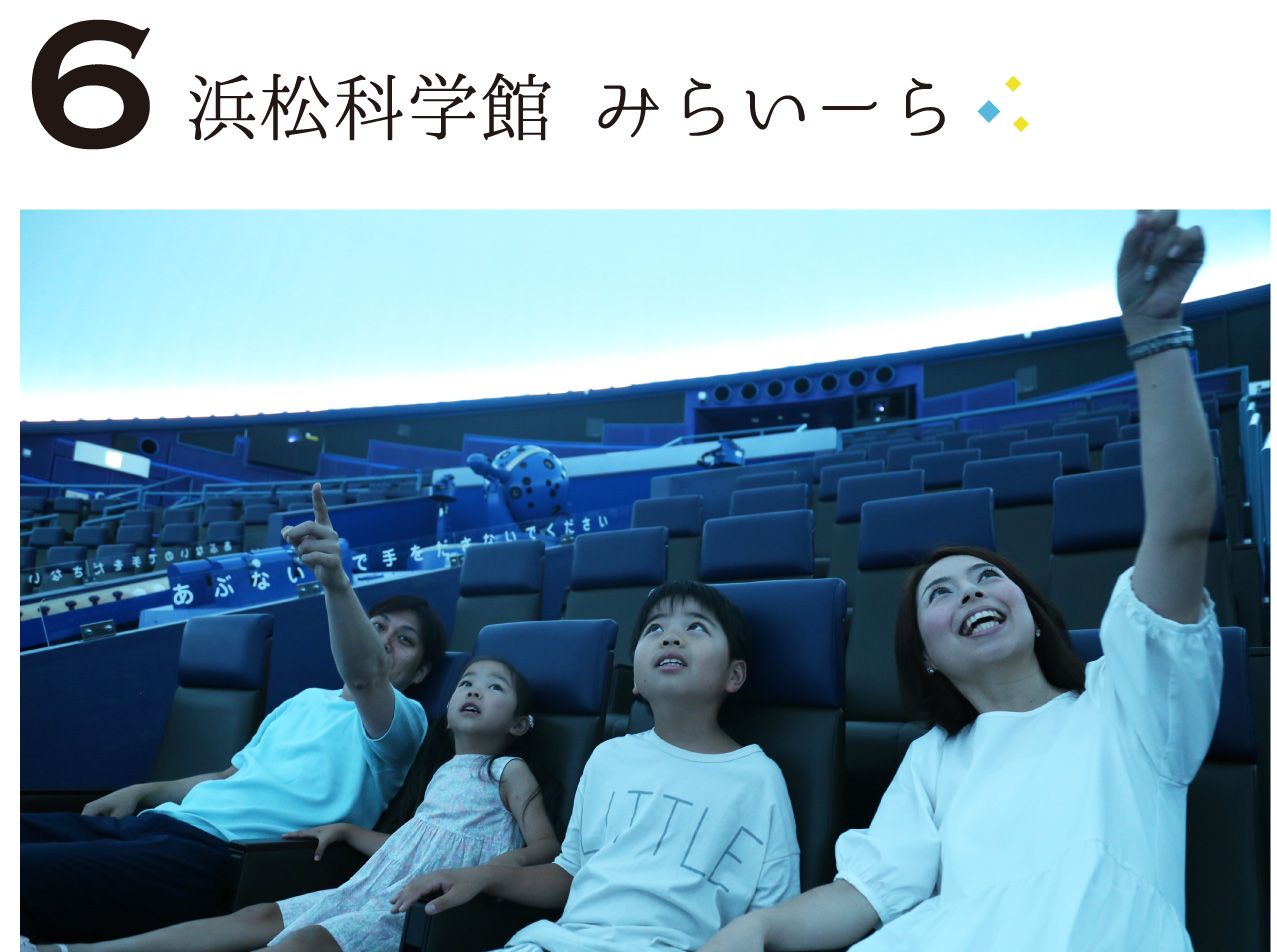
The permanent exhibition, which was renovated in July 2019, is divided into five themes: sound, light, power, space, and nature, and is sure to stimulate the curiosity of both adults and children. The exhibitions, which are held in cooperation with local businesses, are unique to Hamamatsu. The planetarium, which has had its interior renovated, is popular for its live commentary given daily by specialized staff. It has been transformed into a new spot where you can play and learn.
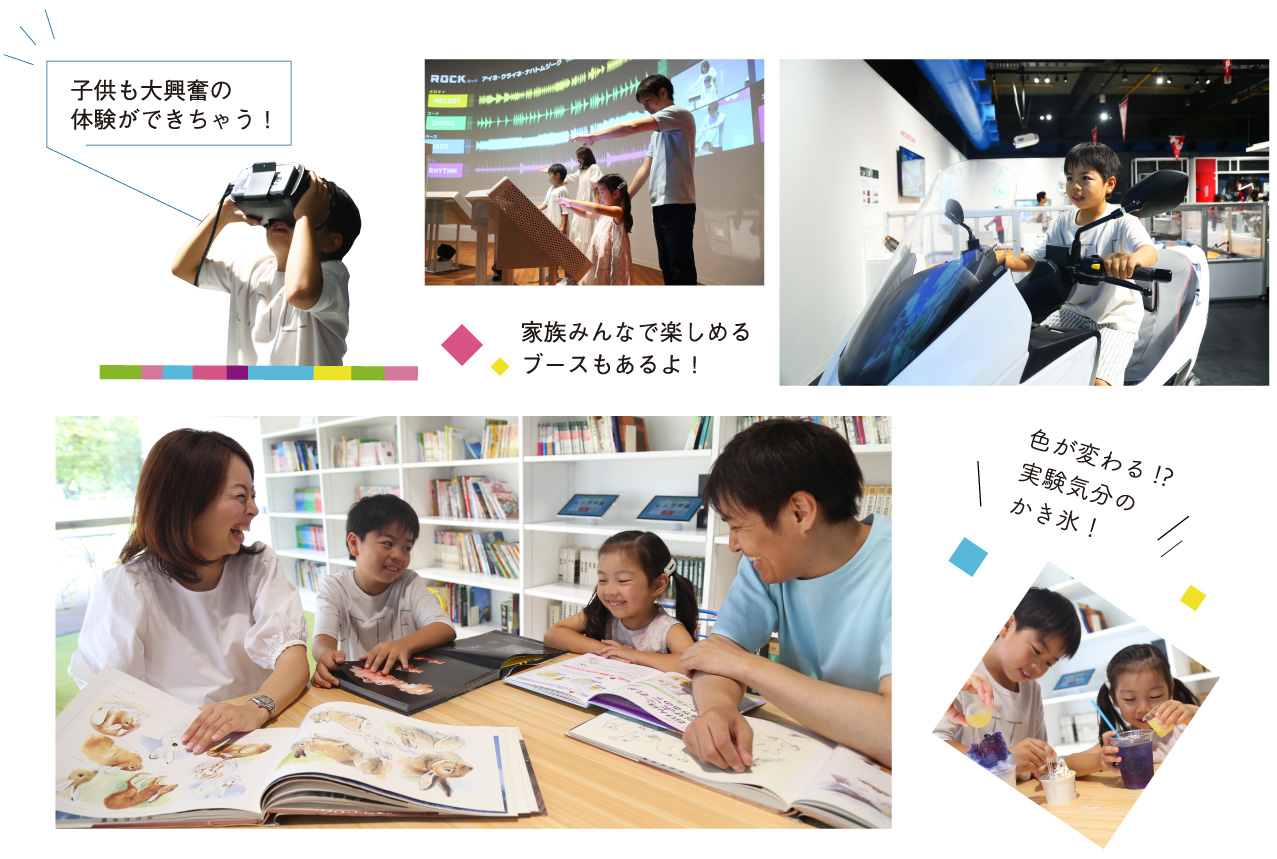
Hamamatsu Science Museum Miraira
Address: 256-3 Kitaterashimacho, Chuo-ku, Hamamatsu
Tel: 053-454-0178
